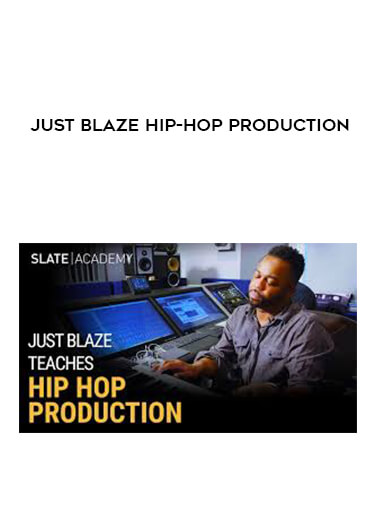
Just Blaze Hip-Hop Production
Salepage : Just Blaze Hip-Hop Production
Archive : Just Blaze Hip-Hop Production Digital Download
Delivery : Digital Download Immediately
Just Blaze understands exactly what it takes to melt hip-hop platinum in the studio. The New Jersey-based producer rose to prominence with his early work on Jay-The Z’s Blueprint and The Black Album, and his recent credits include work on Beyonce’s Lemonade, as well as productions for Snoop Dogg, Ghostface Killah, Kendrick Lamar, Drake, Eminem, and others. Blaze explains how he creates tremendous low-end in his songs, how he blends live performers and samples, and the UAD tools that have helped him build hit after hit.
1. How would you characterize your role as a producer?
My responsibility is to complete the task and produce a final result. At the end of the day, you get compensated for your output. People have the misconception that a producer runs about and plays a variety of instruments, which is not the truth. Quincy Jones did not come into the studio and play anything on Michael Jackson’s Thriller. He gathered the greatest experts he could for drum programming, strings, arrangements, and even co-writers since he understood Michael’s vision. Basically, he did an outstanding job of achieving the duties at hand while also producing a fantastic record.
2. What is the distinction between a producer and a beat maker?
A producer contributes song structures and hook ideas. “Here, rap to this,” a beat maker offers. Anyone can download some kick and snare sounds, as well as a sample loop or a piano sound, and make something in five minutes — but that doesn’t imply it’ll move anyone. A competent producer can employ chords, noises, and textures to convey emotions and dynamics within a piece. It is also critical to be conscious of the pacing.
There are some sounds that you would not want to utilize in an uptempo track because they have too much reverb tail, for example. If the BPM is 140 or 150 and the snare has a massive reverb tail, the sound of the reverb might take over the entire track and drive the intensity down. A competent producer, or beat maker, understands how to make the appropriate choices with such things, and, ultimately, how to capture a moment. A good producer or beat maker will put together a collection of sounds that can offer an experience.
“UAD plug-ins aided me in making the move to recording in the box.”
3. What is your preferred DAW? Do you use a template or start from scratch each time?
I start from scratch and do 95% of my work in Logic Pro X, while I may occasionally utilize Ableton as a starting point. With one exception, when I’m working on a song, I start from fresh. I used to work on the Akai MPC family of sequencers and samplers many years ago. When I decided to switch to Logic, a couple of guys I work with and I imported all of the actual sequencer grooves from three MPCs into Logic — Logic has a feature where you could import grooves from other sequencers by recording click tracks from them and then Logic would adjust its internal clock to replicate the swings from the drum machines.
We accomplished this because, while it’s just ones and zeros and computers, each processor and sequencer is somewhat different. People adored the E-mu SP-1200 decades ago because it had a unique swing that no other sequencer possessed. Some individuals also like the Akai MPC3000 since the sequencing has a certain swing to it. When I begin a blank session, the only thing I make sure I have warmed up is the grooves that we imported over. Variety is beneficial because swing differences might be quite subtle. If I make a sixteenth-note triplet on the SP-1200, it won’t have the same timing as if I did it on an MPC3000 or an MPC2000.
4. You collaborate on so much of your work, whether it’s with Jay-Z, Kendrick Lamar, or Beyonce. How crucial is it to be a good collaborator on your projects?
I’ve always said that the more heads engaged, as long as it serves the album, the better. Egos must be set aside. Watching other people work is one of the most enjoyable aspects of collaboration. That is how one learns.
“Know your tools and how to utilize them.”
5. You just recorded Brooklyn’s Phony Ppl at UA’s Studio 610. What are your must-haves as a producer tracking an ensemble?
Preparation is essential. “Perform it like you know it,” I always tell the band, which usually means taking the track home and basically living with it. In truth, we all return home and deal with it. Work with it repeatedly. The next day, we assault it, knowing the song inside and out. This is especially true for singers. In the case of Phony Ppl, they were a polished band comprised of a brilliant group of guys.
My duty was to go in and mic the drums properly, to ensure that the appropriate noises were recorded by the overheads, and to obtain the right sounds in the right way. Of course, if I heard the vocals become flat or harsh, I would speak out and call them out on it. But my main responsibility was to record the finest performance of the day, then take it back to my studio and mold the song into a polished album.
6. You frequently sample live band takes and use them into your creations. Even in such case, do you want the band to be well-prepared?
Oh, yes. I’m looking for the four or eight bars where everyone falls into the pocket at the same moment. Matching the “best” error-free drum recording with the greatest guitar or bass track just doesn’t work.
7. What are some of the most common errors you hear from aspiring producers?
Excessive compression. When I was younger, I was guilty of it. You have no idea what compression performs; all you know is that everyone uses it. It may be an excellent tool for sculpting sound, but it can also creep up on you and suck the vitality, soul, and dynamics right out of you.
8. What compression techniques do you employ, for example, with bass lines?
I’ll take a live bass player’s line and eliminate any sub-bass that is there in his recording, then bring the actual low stuff in later as a layer, doubling the melody or accentuating specific tones to provide more punch and resonance.
9. How do you employ compression to improve clarity and punch?
I frequently run the bass, kick, and snare through the SPL Transient Designer. It’s not a compressor, but the level of control it provides is incredible. Beyond adding punch, it’s the ideal instrument for producing snare samples, allowing me to employ natural reverb rather than a reverb plug-in. This may build or break a groove. To be honest, UAD plug-ins aided me in making the switch to recording in the box. The Manley VOXBOX and Massive Passive EQ, as well as the Teletronix LA-2A compressor, were among the first pieces of hardware I utilized for voice processing. My go-to plug-ins are the UAD versions of those.
Eminem’s mega-hit “No Love,” featuring Lil Wayne, was produced by Just Blaze. (Warning: the lyrics are NSFW.)
10. What is your one piece of advise for producers that wish to follow in your footsteps?
Don’t give up and don’t place a time restriction on it. When I chose to become professional, I decided to allow myself a year, and then another year on top of that. It wasn’t working out and nothing was occurring at the conclusion of that two-year period where I was interning and aiding engineers. The day after I began researching returning to regular life and finishing my college degree, I released my debut album, which went gold and sold 500,000 copies. We wouldn’t be having this talk right now if I hadn’t decided to leave a month ago. Persistence triumphs against opposition.
More from Categories : Music Learning





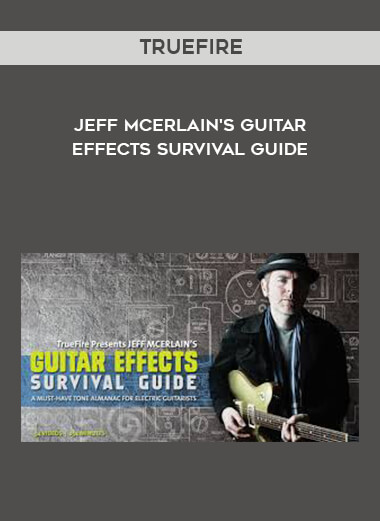
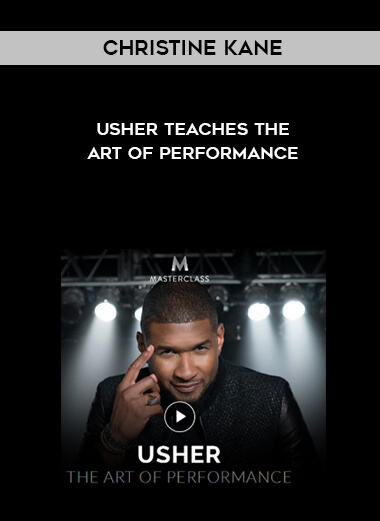
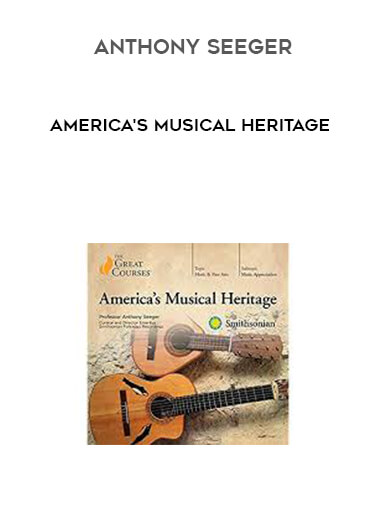

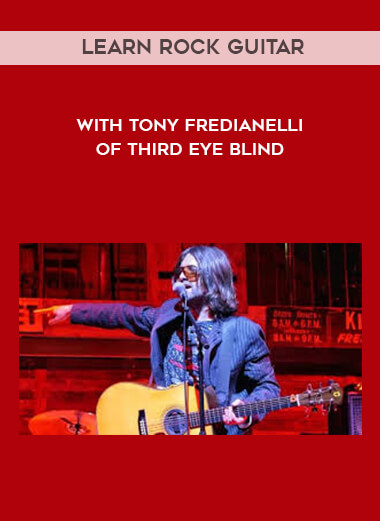

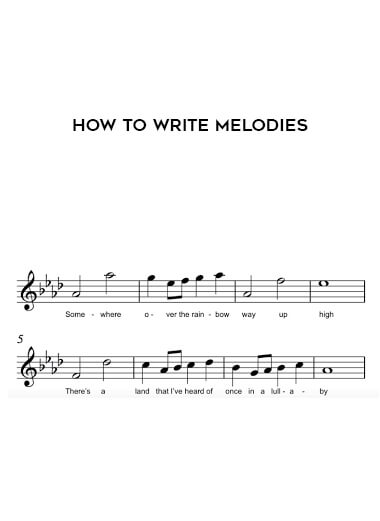


Reviews
There are no reviews yet.